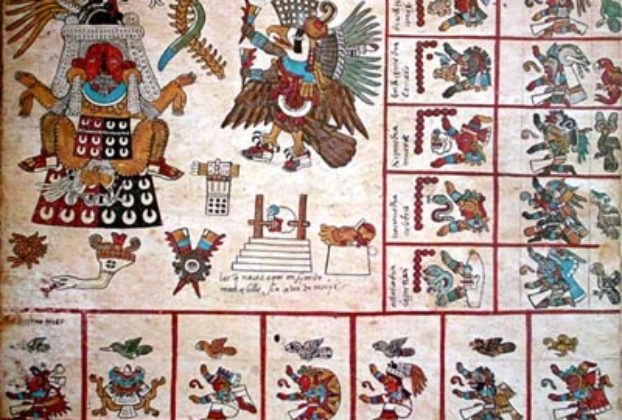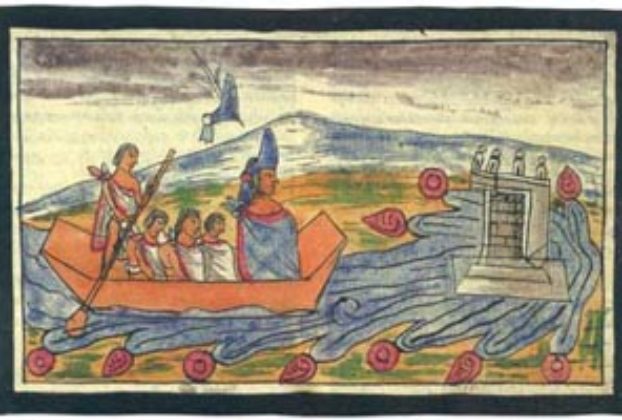Mesoamerican epic poetry and saga: Universal elements
To Part One Mesoamerican epic poetry and saga: What is epic? To Part One Mesoamerican epic poetry and saga: A survey * * * * * In previous articles we looked at the remnants of texts in Nahuatl (Classical Aztec), which, according to the Mexican scholars A. Garibay and Leon-Portilla, have all the characteristics of the epic […]
Continue Reading







